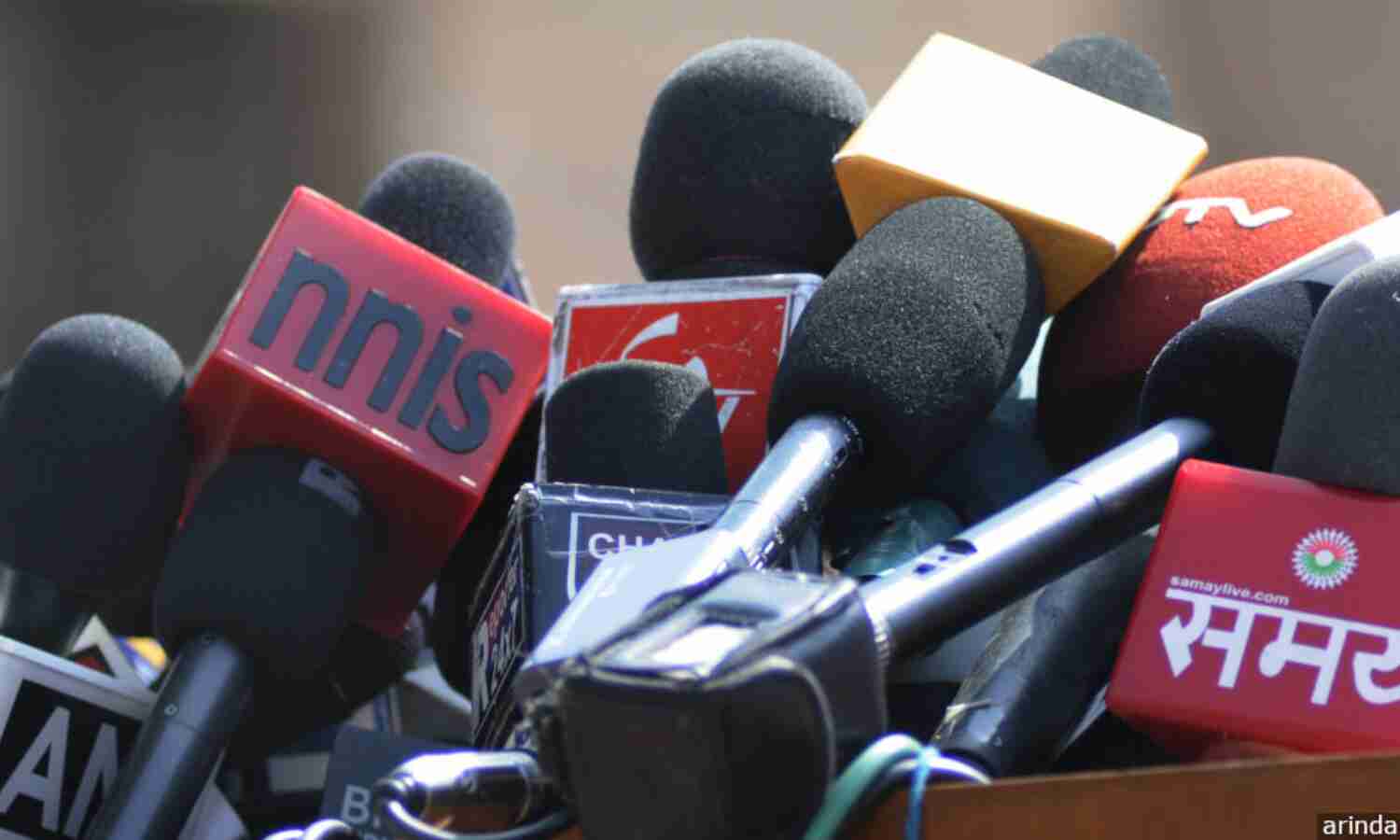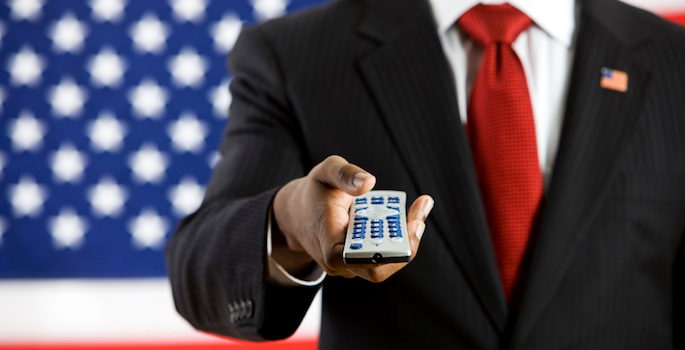Media coverage plays a pivotal role in shaping voter behavior and electoral outcomes. The way political information is presented in the media can significantly influence public perceptions, attitudes, and voting decisions. This article explores the various ways media coverage affects voter behavior, including the impact of framing, bias, and the role of media channels.
The Power of Framing
Media framing refers to the way information is presented and how it influences the audience’s understanding of an issue. The framing of political stories can shape voters’ perceptions and priorities:
- Issue Emphasis: By highlighting certain issues over others, media coverage can affect which topics are most salient to voters. For example, focusing on economic issues might lead voters to prioritize economic policies in their voting decisions, while emphasizing social issues might shift voter priorities accordingly.
- Agenda-Setting: The media has the power to set the political agenda by choosing which stories to cover and how to cover them. This can determine which issues gain prominence and influence public discourse, thereby affecting voter opinions and behavior.
- Narrative Construction: The way media frames candidates and political events can create specific narratives that shape public perceptions. Positive or negative portrayals of candidates can significantly impact voters’ opinions and their likelihood of supporting or opposing them.

Media Bias and Its Effects
Media bias, whether intentional or unintentional, can influence voter behavior by shaping how information is presented and perceived:
- Partisan Bias: Media outlets often have political leanings that can affect their coverage. Partisan bias can lead to the selective presentation of facts, emphasizing certain viewpoints while downplaying others. Voters exposed to biased coverage may develop skewed perceptions of candidates and issues.
- Source Credibility: The credibility of media sources influences how voters perceive the information presented. Reliable and reputable sources are more likely to be trusted by the public, while biased or sensationalist sources can distort information and affect voter attitudes.
- Echo Chambers: Media consumption patterns can create echo chambers where individuals are exposed primarily to information that reinforces their existing beliefs. This can lead to polarized opinions and reduce the likelihood of considering alternative viewpoints, impacting voting behavior.
The Role of Media Channels
Different media channels have distinct effects on voter behavior:
- Television: Television remains a powerful medium for reaching a broad audience. Political advertisements, debates, and news coverage on TV can significantly influence voter perceptions and decisions. Visual and emotional appeals in TV ads can leave a lasting impression on voters.
- Print Media: Newspapers and magazines provide in-depth coverage and analysis of political issues. Print media can shape public opinion through editorials, investigative journalism, and feature stories. However, the influence of print media has diminished with the rise of digital platforms.
- Digital Media: The rise of digital media, including social media platforms and online news outlets, has transformed how political information is disseminated. Social media allows for rapid information sharing and engagement but also introduces challenges such as misinformation and echo chambers.
- Radio: Radio provides a platform for political discussions and advertising. Although its influence may be less pronounced compared to television or digital media, radio can still play a role in shaping voter opinions through talk shows and political commentary.
The Impact of Media Coverage on Voter Behavior
The influence of media coverage on voter behavior manifests in several ways:
- Vote Choice: Media coverage can affect which candidates or parties voters support. Positive coverage can enhance a candidate’s image and increase their chances of receiving votes, while negative coverage can undermine support and influence voters to choose alternatives.
- Voter Turnout: Media coverage can impact voter turnout by shaping perceptions of the importance of an election. Extensive coverage can mobilize voters and increase participation, while minimal coverage or negative portrayals of the political process can lead to voter apathy.
- Public Opinion: Media coverage plays a crucial role in shaping public opinion on various issues. Through repeated exposure to certain frames or narratives, media can influence how voters perceive policy issues, candidate qualifications, and the overall political landscape.
- Political Polarization: Media coverage can contribute to political polarization by reinforcing partisan divides. When voters are exposed to biased or sensationalist coverage that aligns with their views, it can deepen existing divisions and affect the overall political climate.
Conclusion
Media coverage has a profound impact on voter behavior, shaping perceptions, influencing opinions, and affecting electoral outcomes. The framing of political stories, media bias, and the role of different media channels all contribute to how voters process information and make decisions. Understanding these dynamics is essential for both voters and candidates, as it helps navigate the complex interplay between media and politics. Ensuring accurate, balanced, and transparent media coverage is crucial for maintaining an informed electorate and a healthy democratic process.
Meta Description:
Media coverage significantly impacts voter behavior by shaping perceptions and influencing decisions. Explore how framing, bias, and media channels affect elections.
4o mini

